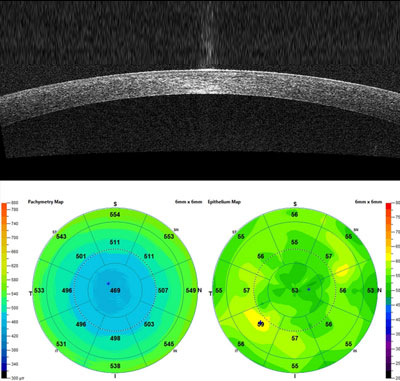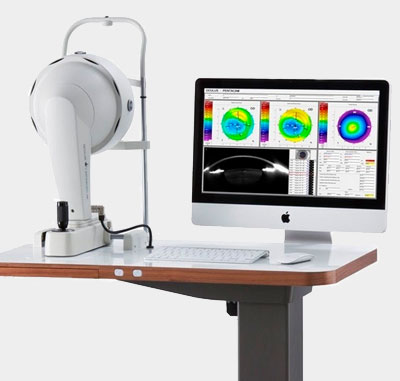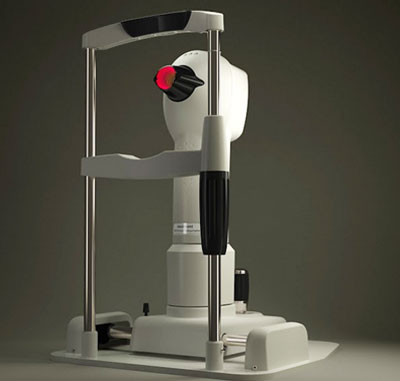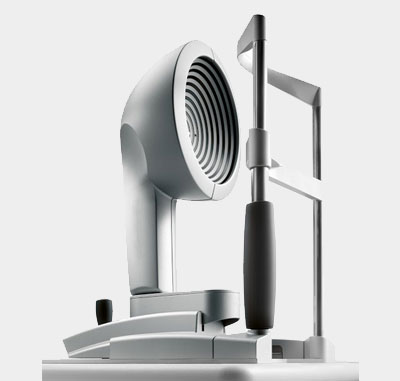Laser vision correction is a science-based approach to quantifying your vision error (i.e., prescription) and other corneal characteristics (e.g., your corneal composition) for two primary purposes:
- To determine if you medically qualify for treatment and, if so, for what type of procedure
- As a basis to formulate your treatment plan
Poor quality data measurements can lead to poor decision-making which, in turn, can have serious consequences for both medical safety and surgical accuracy, so it’s essential your surgeon has access to high-quality diagnostic data.
That’s why Dr. Hyver employs an advanced data acquisition environment, featuring the Optovue Avanti optical coherence tomographer, the Oculus Pentacam corneal topographer, the Nidek Magellan and E300 topographers, and the Alcon Vario topographer. Not all practices can afford such an extensive diagnostic infrastructure, or the cost of maintaining it, but we consider it essential for safely evaluating medical candidacy and for optimizing surgical results.





